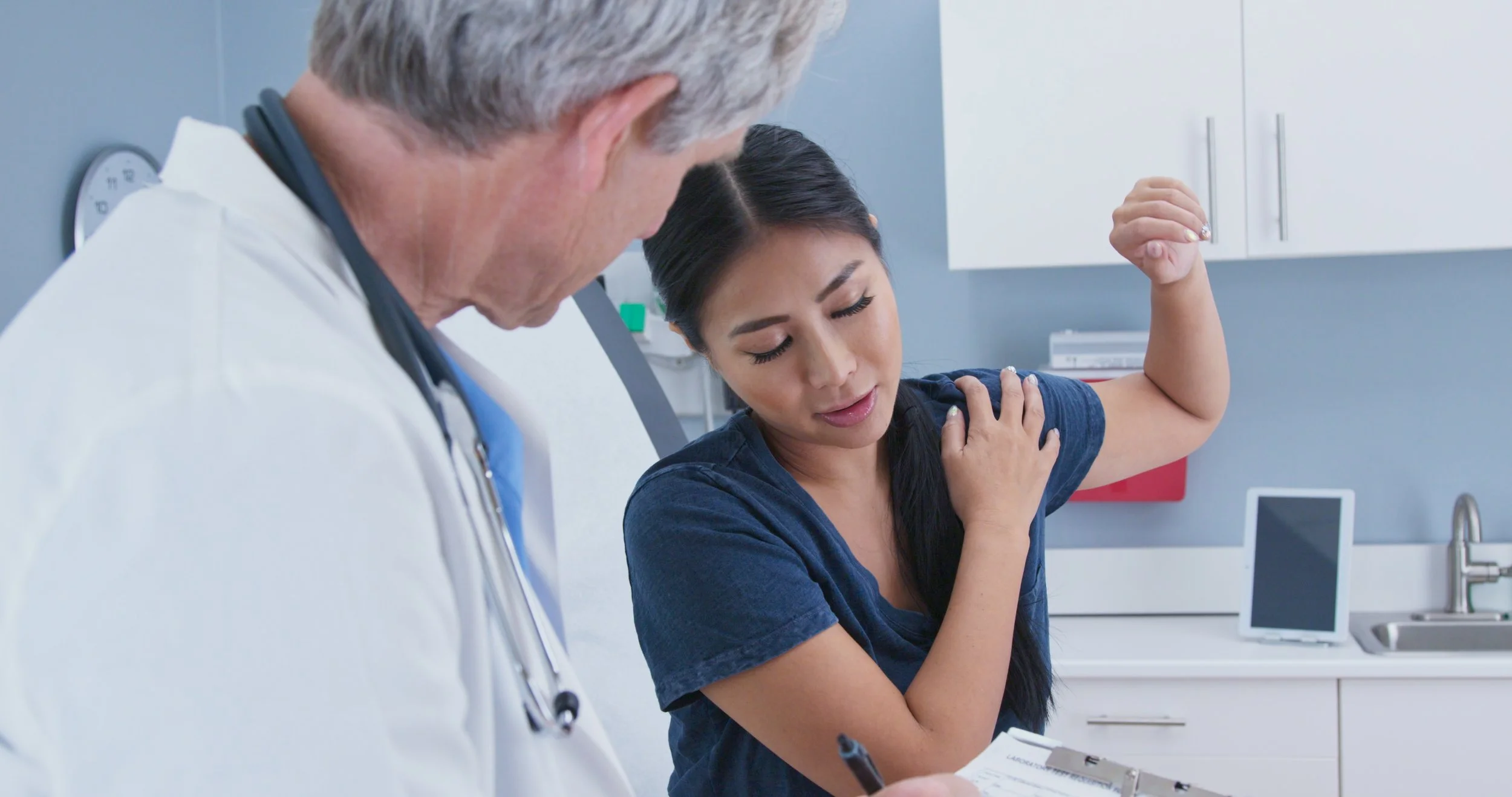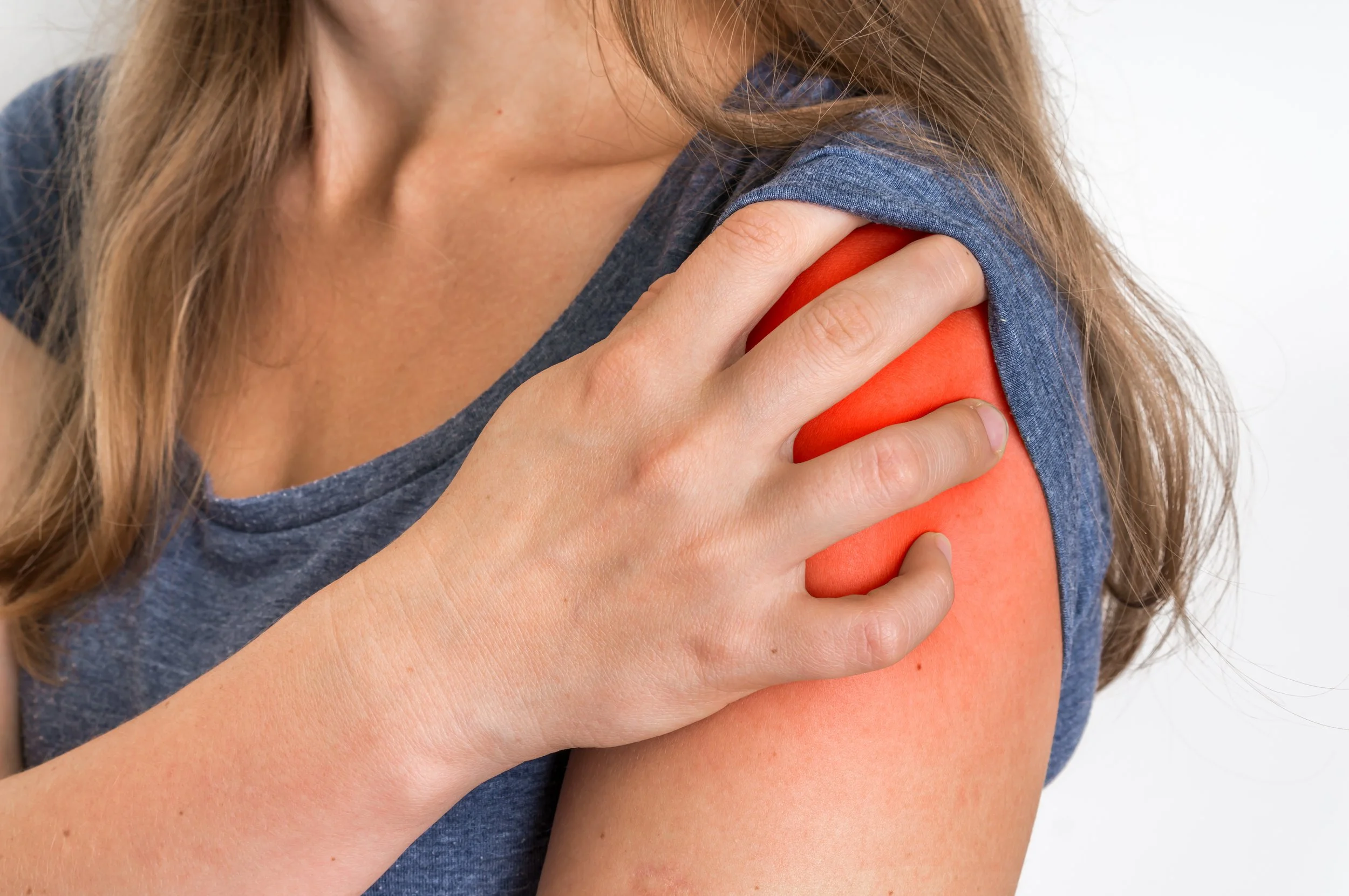Frequently Asked Questions About Rotator Cuff Tears
The rotator cuff is composed of a collection of muscles and tendons in your shoulder.
These muscles and tendons connect the humerus (upper arm) to the scapula (shoulder blade). The “cuff” is a group of tendons and tissues around the humerus that allow the shoulder to properly rotate and move.
Sometimes, after a fall or overuse, the rotator cuff can tear. Here are some frequently asked questions Dr. Sterett and his team receive from patients with a rotator cuff injury.
What Are the Symptoms of a Rotator Cuff Tear
A tear to the rotator cuff will often cause immediate, intense pain. Pain is typically followed by weakness in your upper arm that prevents you from using or rotating your shoulder. Other symptoms include:
Difficulty raising your arm
Popping or clicking sensations
Pain that worsens while at rest
Symptoms of a rotator cuff tear can be similar to rotator cuff tendonitis (bursitis). However, patients with rotator cuff tears complain more of weakness, while patients with bursitis suffer predominantly from pain.
How Did I Tear My Rotator Cuff
Often a rotator cuff tear develops over time and is a consequence of consistent overuse. This is a frequent injury in baseball players, who consistently depend on the rotator cuff when they throw the ball at high speeds.
However, you don’t need to be an athlete to tear your rotator cuff. Rotator cuff injuries are common in the following patient demographics:
People over the age of 60
Construction workers
People with jobs that require repetitive arm motions (painters, carpenters, grocery store workers, etc.)
Microtears will often appear in the rotator cuff before tearing completely. That’s why it’s essential to see an orthopaedic physician when you first start noticing the painful symptoms.
What Happens During Rotator Cuff Surgery?
A rotator cuff is surgically repaired in four steps:
Bursa sac and coaracocoromial ligament removal
Bone removal
Removal of the torn rotator cuff
Rotator cuff reattachment
Whenever possible, Dr. Sterett and his team at Vail-Summit Orthopaedics & Neurosurgery will perform this procedure arthroscopically. This is the least invasive surgical method for repairing a torn rotator cuff.
How Long Does It Take to Recover From Rotator Cuff Surgery?
Full recovery from rotator cuff surgery takes time. You can expect to be given the following guidelines:
Wear a sling for six weeks after surgery
Do not drive for at least a month
Physical therapy for four to six months to restore range of motion and regain strength
Avoid sports for at least six months
Each person and each surgery are different, but getting back to doing the activities you love is Dr. Sterett’s primary objective. He, his team, and your physical therapists will support you every step of the way.
More Questions About Rotator Cuff Tears? Contact Team Sterett Today!
If you’re experiencing shoulder pain or know you have a torn rotator cuff, contact Team Sterett today. Dr. Sterett and his expert team will diagnose your injury and work with you to design a treatment plan that gets you back to your active lifestyle.
Schedule a consultation today by calling (970)476-7220 or through our online appointment request form.





